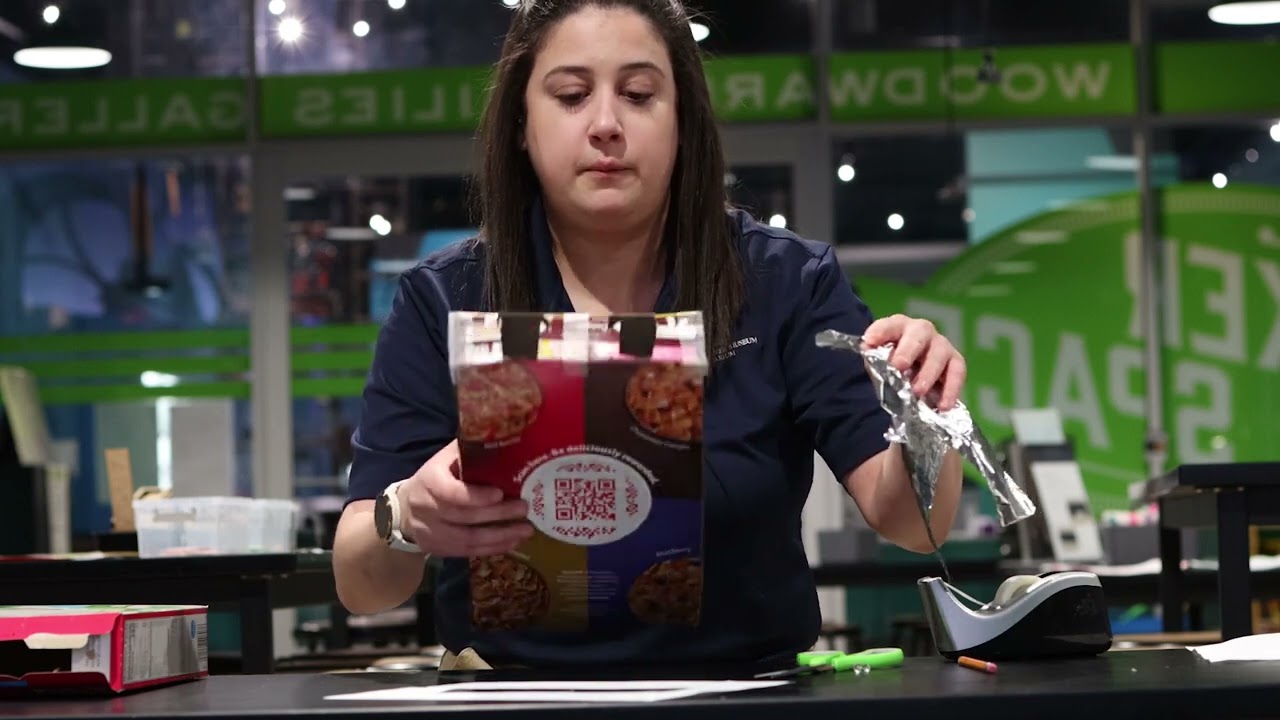- Introduction to the Solar Eclipse Pinhole Projector and its significance in observing solar eclipses safely.
- Principles behind the operation of a pinhole projector and its historical context.
- Step-by-step guidance for constructing a simple pinhole projector using everyday materials.
- The role of solar eclipses in wildlife behavior and conservation efforts.
- Encouragement of community involvement and citizen science in tracking and observing solar phenomena.
When observing a solar eclipse, ensuring eye safety is paramount. Directly viewing the sun can cause irreversible eye damage. To safely observe this celestial event, a solar eclipse pinhole projector serves as a simple yet effective tool. This device harnesses basic optical principles to project the image of the sun onto a surface, enabling safe observation.
The concept of the pinhole projector draws on the ancient principles of pinhole photography. In essence, it operates on the camera obscura theory, where light from a scene passes through a small hole, projecting an inverted image on the opposite side. Historically, such methods have been used to study solar phenomena without risking eye safety. These rudimentary devices offer a remarkable insight into both the sun’s daily path and special events like eclipses.
Building your own pinhole projector requires minimal materials, typically accessible from home. A cardboard box, aluminum foil, and a piece of white paper are the primary components. Start by cutting a small hole in one side of the box and covering it with aluminum foil. Pierce a tiny hole in the foil with a needle. On the inside, place the white paper opposite the foil to serve as a screen. This setup casts the image of the sun when the box is oriented correctly, providing a safe, projected view of the eclipse.
Solar eclipses have profound effects on animal behavior and conservation efforts. During an eclipse, many species exhibit crepuscular activities, mistaking the eclipse for dawn or dusk. Understanding these behaviors offers insights into animal physiology and helps refine conservation strategies. It highlights the intricate connections between celestial events and terrestrial life.
Engaging with solar phenomena extends beyond individual curiosity. Citizen science initiatives encourage public participation in eclipse observation. These efforts contribute valuable data to scientific studies while fostering community interest in astronomical events. By building a solar eclipse pinhole projector and engaging with citizen science, individuals can play an active role in accumulating and analyzing vital eclipse data, deepening our understanding of both astronomical events and their ecological impacts.
*****
Source Description
No eclipse glasses? No problem!
Join us in the Makerspace this weekend and make a Pinhole Projector which will allow you to safely watch the solar eclipse happening on Monday, April 8! If you can’t visit the River Museum, follow along with this video and make your own at home!
Materials needed: Cereal box, piece of paper, aluminum foil, tape, scissors, pencil, and a thumbtack or a nail.
Remember, don’t look directly at the sun!!


